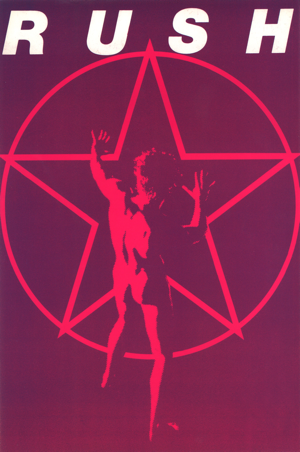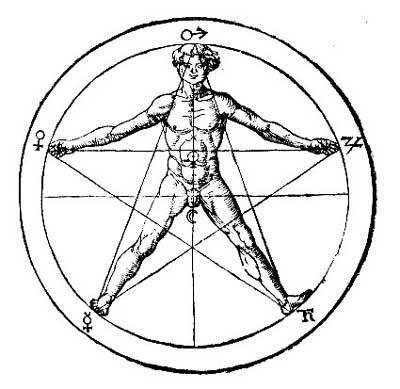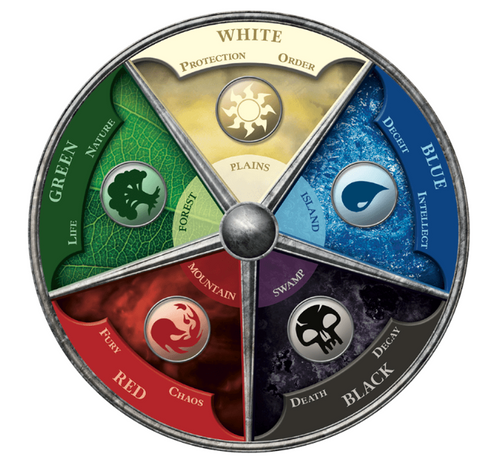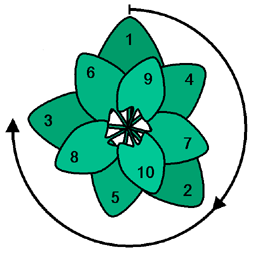Long time readers may know this already, but this book actually started off as a text adventure game. And in that text adventure game I had tried various schemes of modeling personality types:
- Mapping Attributes to NPC Personalities
- Adding a New Dimension to Personality
- Network Model of Personality
- What on Earth is this Personality Stuff About
- Character Creation
- Chickens, Eggs, and Chaos Theory
- Emotion is messy, and I have the figures to prove it.
- Breaking down Character Archetypes into Personality Components
- Breaking down the Personalities of Star Trek
In my defense, people are complicated. My concept for the game was, shall we say, ambitious. I wanted the computer to basically perform the part of the game master in a role playing game. And play the NPCs.
I had hoped that writing an expert system that modeled human personality would allow the machine to fake the complexity. The issue I ran into is that there is no model of human personality in existence, or on the drawing board that a) is convincing enough to entertain an audience of adult intelligence, b) simple enough to implement using a scripting language and embedded database and c) produces testable predictions.
And I'm not talking about computer models. I mean the big players in the market like the MTBI.
Now that my youtube queue is thoroughly packed with writer's advice, I've now seen several explanations of yet another personality catalogue: The Enneagram of Personality:
Which, of course, brings to mind Rush's 2112 album cover:

Or the pentacle of Agrippa:

Except of course that it has 9 points and ... it's lumpy. Though, given my dealing with human beings, I don't think I'd trust something that was perfectly balanced. Most of the people I know are just this side of a bedsheet in the washing machine.
But I'm not satisfied with perfect way that 9's, 6's, and 3's balance each other out with a topological loop that is completely independent from the dumpster fire that is the 1-4-2-8-5-7-1 pattern. And yes they smear the issue slightly with "wings" and "disintigration" and "integration". Which basically means the model produces a sort of description (that isn't complete) and a half-muttered prediction of how people will behave. Sort of.
A "1" in a corner can behave like a "4". When they are in a supportive environment, they can act more like a "7." That people in heightened emotional states can change behavior is a given. I just don't trust the mechanism of the geometrical explanation given.
Before I continue, I do want to acknowledge that all models are wrong. It's just that some are useful. And I say that as a guy who writes survivability expert system software for several Navies around the world.
Now a pentagram is a sacred symbol to many because you can draw it in one stroke. It's points and lines seem to provide a satisfying model for several systems of competing goals. Magic the gathering uses it to explain the source of conflicts and confluences in their spell system:

Basically colors adjacent to one another pair well for spells and decks. Colors opposite don't. Black and Red are the rivals of white. White and Green are the rivals of Black. Black and Blue are the rivals of Green. It's genius, really.
But what makes me think I can salvage the time I spent studying the Enneagram is the concept of the core emotions. The nine personalities are actually broken into three groups by the emotion that is at the core of the individual's psyche:
Now I represented the emotions as colors for a reason. And I did it with two different sets of colors for a reason. Mind/Will/Spirit tries to explain the complexities of the universe as caused by the interference of three universes. And we can model that with how all of the colors we can see are an interference pattern caused by three primary colors of light OR three primary pigments of ink. However the rules for mixing colors in light is different than mixing colors in ink. A "Yellowish Blue" light is impossible to produce. Yet, with ink that is how we produce green.
My explorations into the Colors of emotion we can predict that our color wheel would actually like:
...And let's just say that, perhaps they have picked the wrong emotions. Because, as we all know, emotions are messy.
Now if we go the predictions of MWS, the three primary colors ... are size primary colors. Depending on whether we are working with mana or quintessence. But we still have to understand that strange way the line moves around the diagram. Almost like a pentagram, but not quite.
In my blog on Settlements on 16 Psyche, I presented the Golden Angle as a solution for how to evenly distribute space stations around a small world. That is if you don't know how many there will be in the end. It also happens to be a pattern that many plants aspire to in their growth patterns:

You can think of emotions as resonances energy states. Your energy state has to be of one of an integer, but what frequency comes out is.. complicated. Going up a level from 1 to 2 moves you ~137 degrees to the right or left on the color wheel:
If someone's core emotion is ... let's say pure blue (Hue of 240) the shift up to a reddish orange, and down to a yellowish green. The three core colors kind of resemble one another for the first hop. But then the color really start to diverge in the higher and lower states. And we don't have to limit ourselves to the primary colors of light. We could do the same exercise with the primary colors of dark. Or any arbitrary hue!
My blog on mapping emotion to color showed that the process if not exactly deterministic. But for a fiction system and writing guide, we can kind of slap our labels around the color wheel.
To the ancients there were Four Temperments that mixed and matched like flavors: sanguine, choleric, melancholic, and phlegmatic. New theories hold that There are 5: Openness to experience, Conscientiousness, Extraversion, Agreeableness, and Neuroticism. However, we can square those to things with our friend the circle. The four temperaments are like dividing a circle into 4 points. The five Temperaments divides the circle into 5 points. Let's say MWS is two three pointed stars, and Enneagram is a 9 pointed star:
And now I'm reminded of my attempt to match Guna with MWS:
And Guna was describing the temperament of people and things. So... there you have it.
In the end...
While I don't agree with the relationships they draw between the personalities, I do think 9 major archetypes do represent a "balanced diet". It may not be particularly useful for psychology or daily life, it is invaluable for literature. We aren't trying to implement life, just mimic it in an exaggerated way. Which is why we see so many parties of characters in books or games or movies or television shows which cover the spectrum. There are several different systems, depending on the size of the ensemble.
Pairs usually adhere to the concept of Opposites attract. In eastern literature and art this is expressed a Red Oni / Blue Oni. One character is neat, the other is a slob. One character is flirty, the other reserved. Etc.
Trios come in several forms: Freudian, or Power. You also see the The three faces of eve show up a lot.
If there are four in the ensemble: You see a Four-Philosophy Ensemble. Five tends to form a Five man Band. Six... isn't usually done. But Seven is often the Magnificent Seven Samuri
I'm not the first person to apply math to the problem. There's even something known as Cast Calculus.